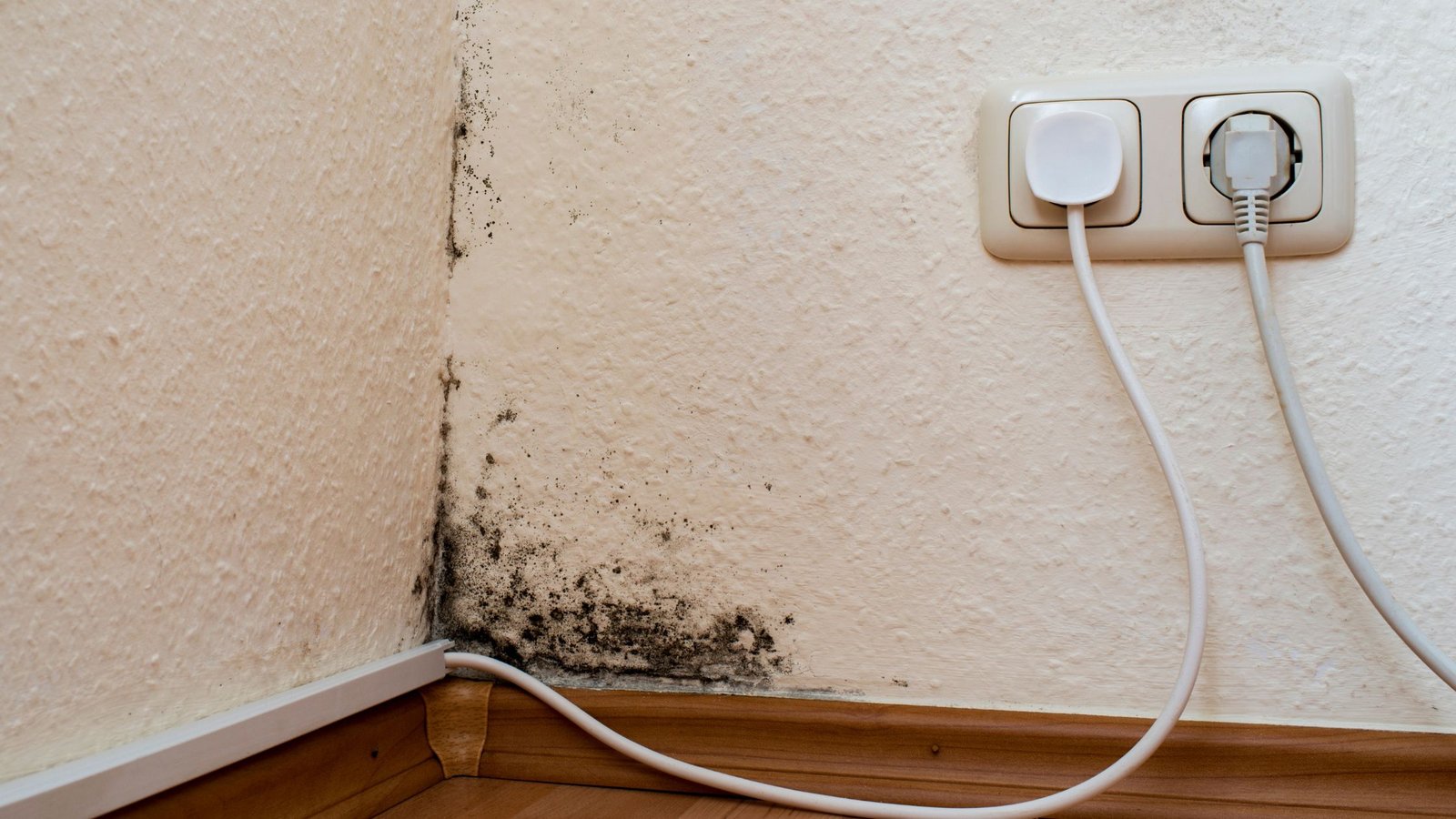We keep a close eye on indoor air quality and protect our homes from excess moisture and mould. However, it is also worth paying attention to areas of the home such as the basement, which are often unheated and are particularly favourable for mould growth.
Not only will mould in the basement be detrimental to your winter supplies, but it will also be detrimental to you if you spend more time in the room. Moisture control will help prevent mould.
So let’s discuss how to eliminate damp in the basement and what to do if mould has already moved in.
Table of contents
Moisture in the basement: why does it accumulate and how to recognise it?
Signs of excess moisture in a basement are most often found in corners, on walls, ceilings or floors – especially in areas where there is little air movement. The causes can be different, so it is important to know what is causing the problem. Only then will you be able to tackle it effectively.
The most common causes of moisture accumulation:
- Ventilation problems or lack of ventilation. This is often caused by mistakes made in the design of the premises or during construction. Differences in outdoor and indoor temperatures encourage condensation.
- Rising groundwater levels. Higher risk in spring and autumn. Basements are often flooded and the humidity level rises rapidly, and it is difficult to dry out a room like a basement.
- Penetration of moisture through cracks in the soil. This is common in basements that have not been constructed in accordance with the requirements and where there is damage to the walls.
To know exactly why your basement is accumulating excess moisture or mould, you can have a mould or moisture test. This will help you to identify the exact cause and find the most effective solution to eliminate damp in your basement.
What is the danger of damp and mould in basements?
Basement dampness is not just a cosmetic problem – its consequences can be much more serious than they first appear. Uncontrolled condensation creates the perfect conditions for mould and fungi to grow, which are difficult and often expensive to eradicate. In addition, damp is damaging to belongings, health and the whole building.
Damage to humans from mould
Humidity in the room creates favourable conditions for the growth of micro-organisms that are harmful to humans. Mould gives off toxic substances that are particularly dangerous for the respiratory tract. People with weaker immunity are more likely to suffer from diseases such as aspergillosis.
Mould can cause toxic reactions in the body, promote inflammatory processes, sinusitis and other ailments. It is particularly dangerous for people with respiratory diseases, allergies or weakened immunity. Less well-known but important, mould can also adversely affect the skin, especially in people with eczema or other skin conditions.
In addition, mould gives off an unpleasant odour which, if present in large numbers in the basement, can spread to the living areas, thus reducing the overall comfort of the home.

Mould damage to the building
Over time, moisture damages the finishes, ceilings, floors and walls, which reduces the value of the property and can lead to costly repairs in the future. Mould destroys the materials it settles on, so unprotected structures lose their integrity and become unsafe over time.
Basements are particularly vulnerable, where poor waterproofing or ventilation can lead to rapid and widespread mould establishment. It is therefore important to identify the problem as early as possible and take action.
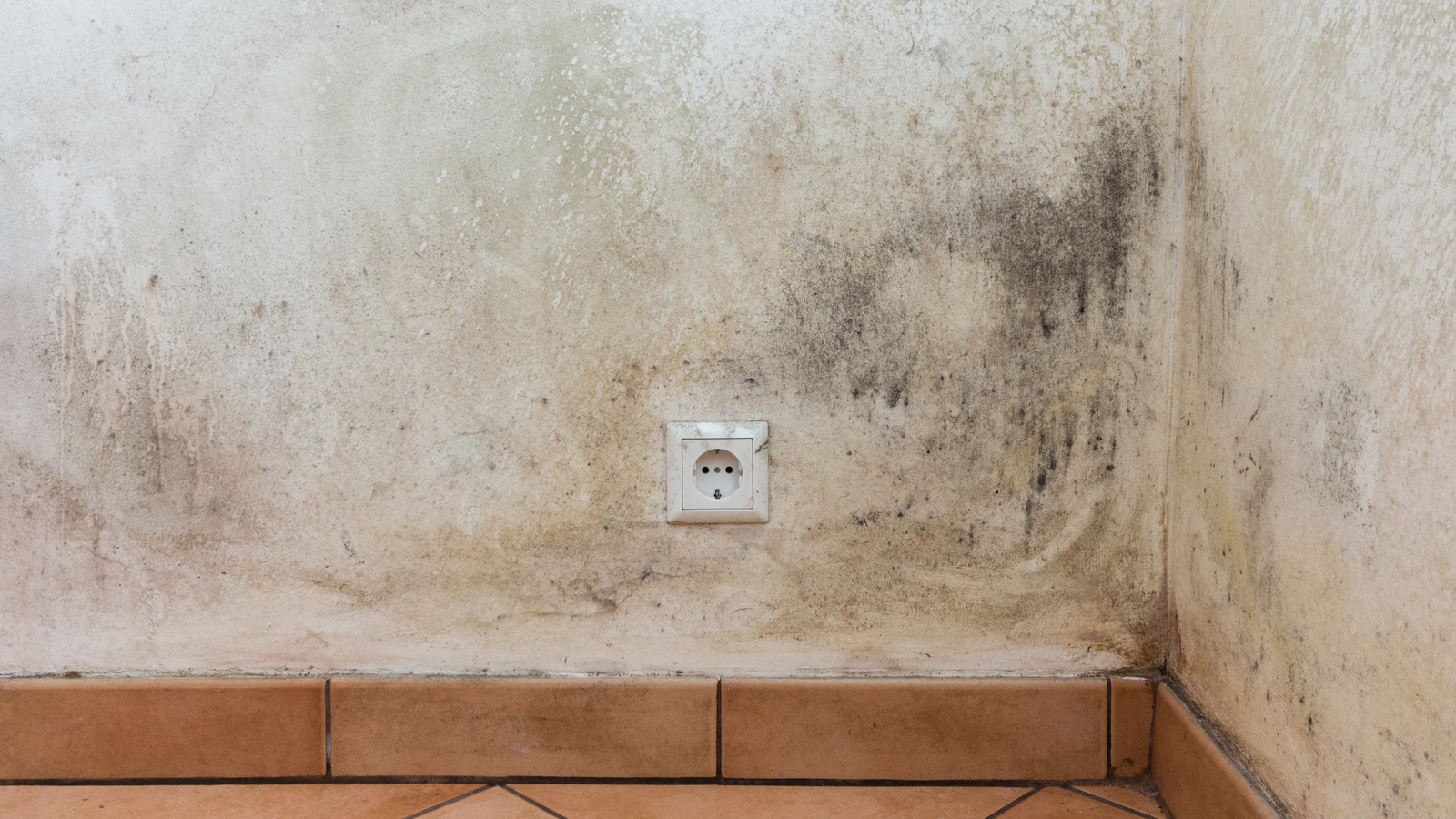
Mould damage to objects
Temperature and humidity imbalances in the basement are damaging to items stored there, from gardening tools to winter supplies. A humid environment encourages the growth of micro-organisms that can contaminate or spoil stored products. As well as looking unaesthetic, mould can cause real damage to stock and items stored in the cellar.
All this just goes to show that basement dampness is not a problem that can be ignored – it affects both the condition of the property and your well-being.
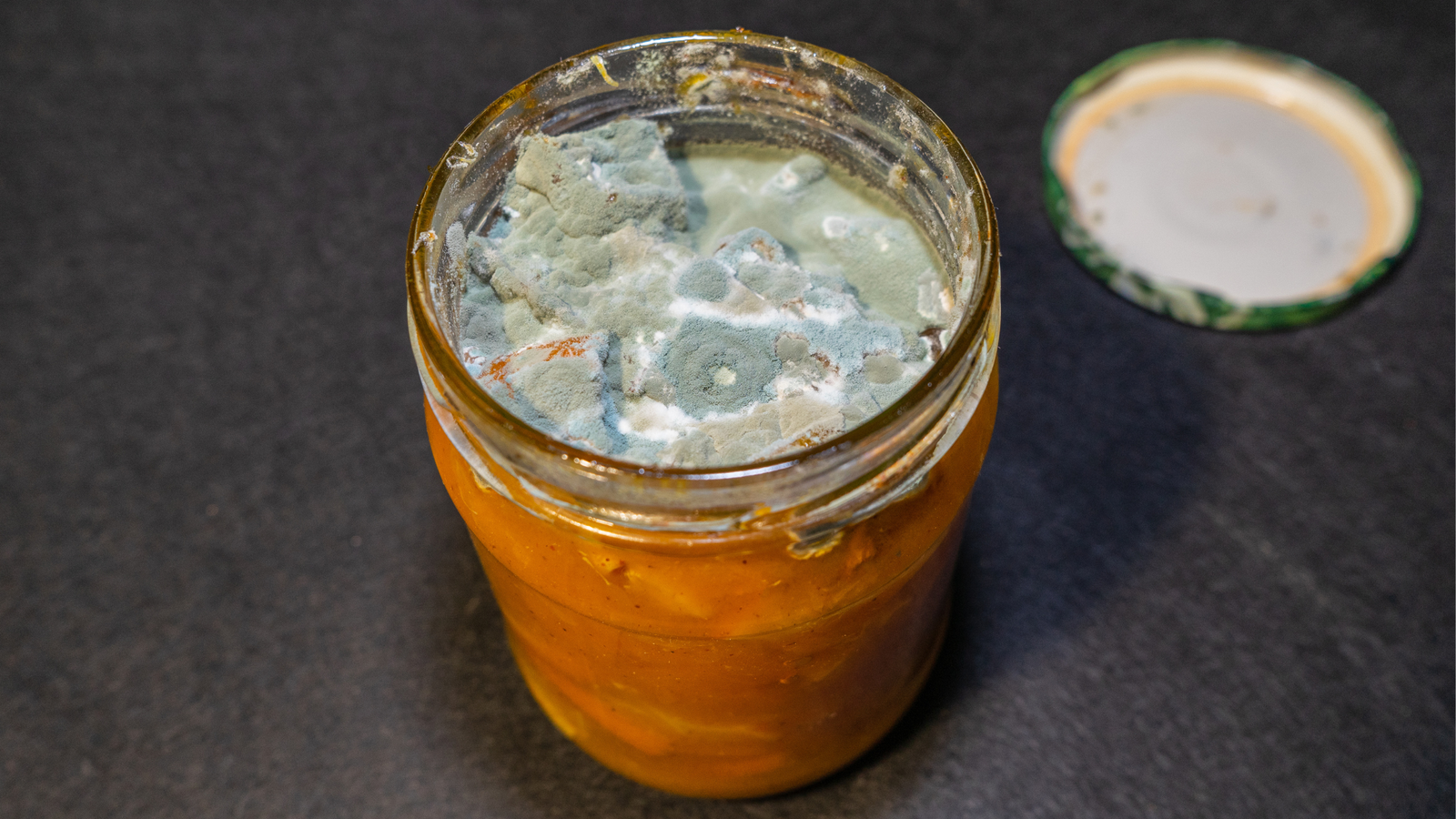
How to eliminate damp in the basement yourself
The key to successfully tackling any problem is to identify its root cause. Basement dampness is no exception – if you want to eliminate it, it is important to first understand why it is accumulating in your premises.
Here are some of the most common situations and what they might mean:
- If water droplets accumulate on the walls and ceilings, the problem is likely to be insufficient ventilation.
- If the droplets are only on the walls, inadequate or damaged waterproofing is most likely to be to blame.
- If puddles are on the floor, the water table may have risen.
Once the situation is identified, the most appropriate action can be taken to not only reduce excess moisture in the basement, but also to prevent the development of mould in the future.
Improve ventilation
If there is no natural air circulation in the basement, moisture is trapped, condensation builds up and eventually mould develops. The simplest solution is to install vents or open existing vents if they are closed.
Ventilation grilles in the door or window can also help. If this does not help, it is worth considering a mini-fan or an electric ventilation system. In the case of external walls with pipes, these should be insulated to prevent moisture condensation.
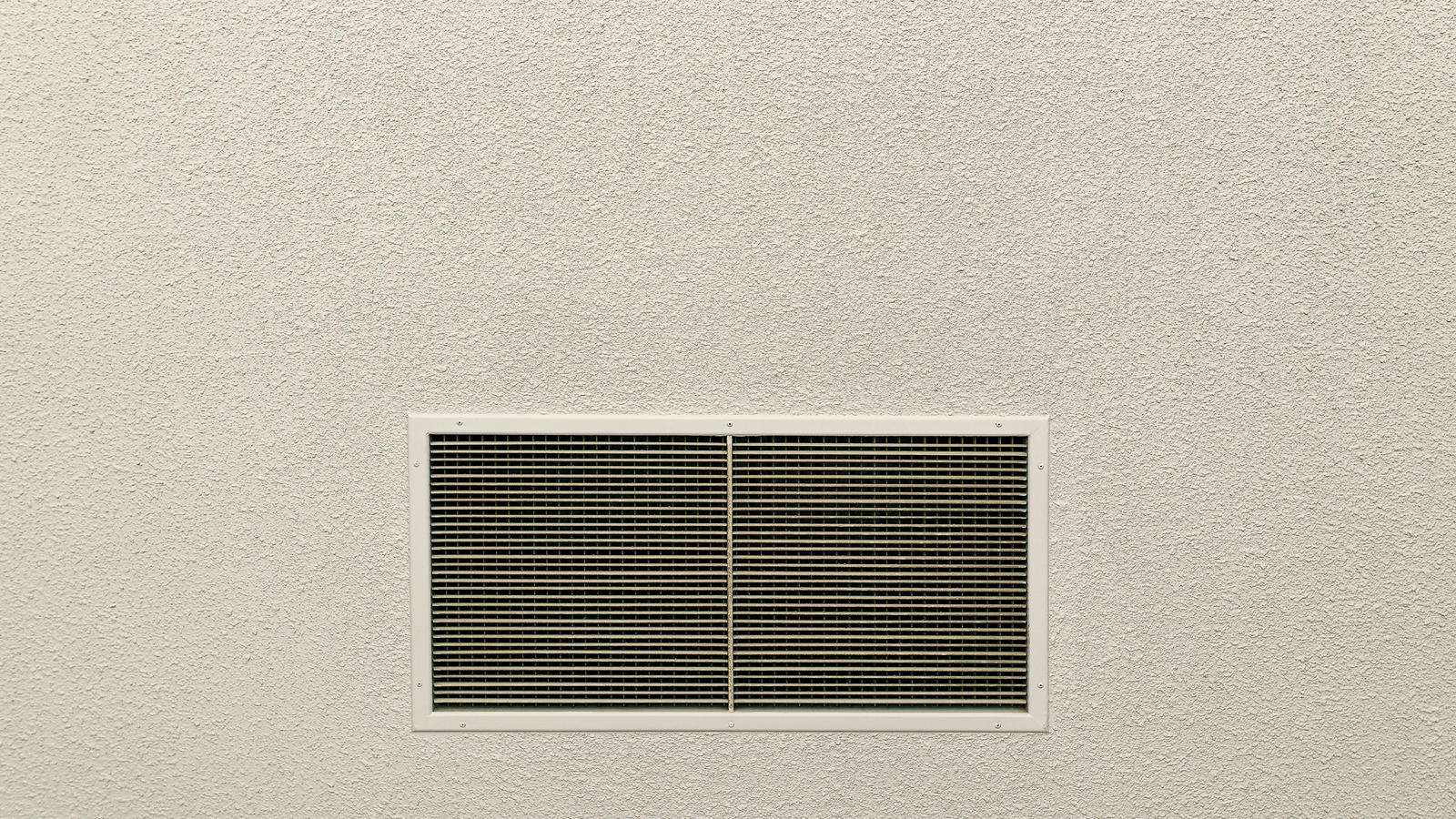
Reduce exposure to groundwater
If puddles accumulate on the basement floor, it is likely that the problem is related to rising groundwater levels. This can be difficult to resolve at home, but at least temporarily you can use dehumidifiers or pumps to remove the water.
The long-term solution – sealing the foundation and installing a drainage system around the house – already requires professional help. It is important to at least regularly monitor the condition and prevent further decay.
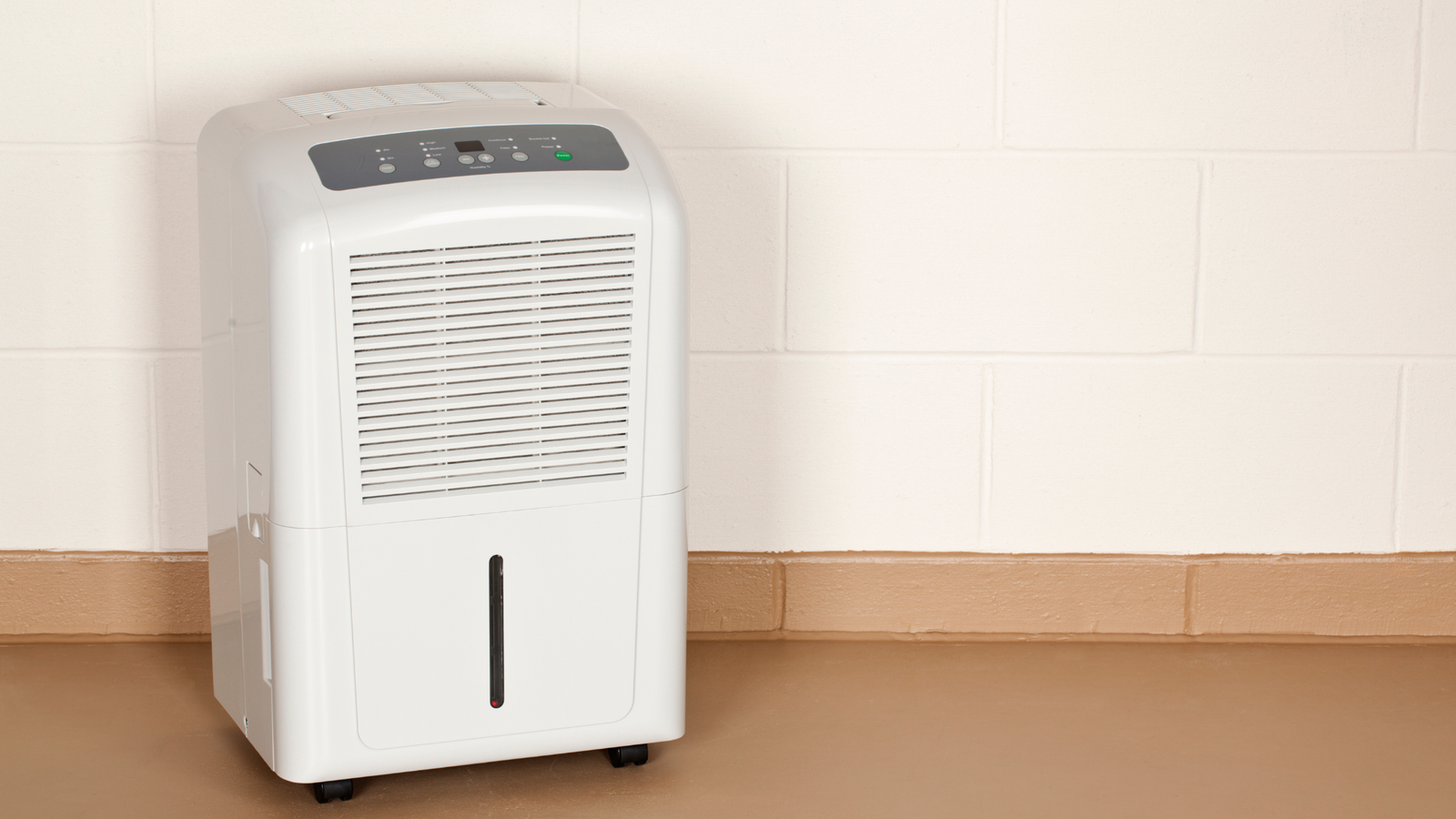
Say goodbye to capillary moisture
Moisture from the ground can come up through the basement walls, especially if they are poorly waterproofed or not waterproofed at all. If the problem is minor, you can use special waterproofing paints or putties to create a moisture barrier from the inside.
If the walls are cracked, seal them with waterproofing compounds. If the humidity is very intense, you will need to call in specialists to reinforce the entire waterproofing on the outside of the walls.
Additional measures: what else can you do yourself?
If dampness in the basement has already started to cause problems, but the situation is not yet critical, it is worth looking into how to eliminate dampness and mould in the basement with simple measures. In some cases, eliminating mould in the basement without the intervention of specialists can also help.
You can first try folk remedies for mould: vinegar, baking soda, castile soap, tea tree essential oil, hydrogen peroxide. There are also various special remedies for mould.
In addition to major repairs or specialist help, there are a few simple steps you can take to help reduce or at least slow down the build-up of damp:
- Use dehumidifiers – both electric dehumidifiers and adsorption agents (special salts, granules or silica gel). They help regulate humidity and reduce condensation.
- Ventilate your cellar as often as possible, especially on dry, sunny days – open the window, leave the door open to allow air to circulate.
- Do not clutter the walls with objects – leave at least 5-10 cm of space between the walls to facilitate drying and prevent mould build-up.
- Lift items off the floor – store boxes, supplies or tools on shelves, trays or special stands so they do not touch damp surfaces.
- Use waterproofing paints or products on smaller areas of walls or floors – this helps to reduce the ingress of moisture from inside.
These simple measures can help to manage the situation and delay the need for more serious work.
Mold control in the basement: when to bring in the professionals?
These measures can be effective if mould in the basement is detected early and the affected area is small. However, if the mould is extensive (e.g. more than 1 square metre), if it keeps recurring, or if you are afraid of damaging the finish when cleaning, then it is a good idea to seek professional advice.
It is important to realise that even successful mould removal will not have a lasting effect if the cause of the mould (usually excess moisture in the basement) is not addressed. Professionals can not only clean up mould effectively, but also help you find the right solution to prevent it from returning.
If you don’t know where to start, consult the experts to save time, avoid extra costs in the future and protect your health and the health of your family.





